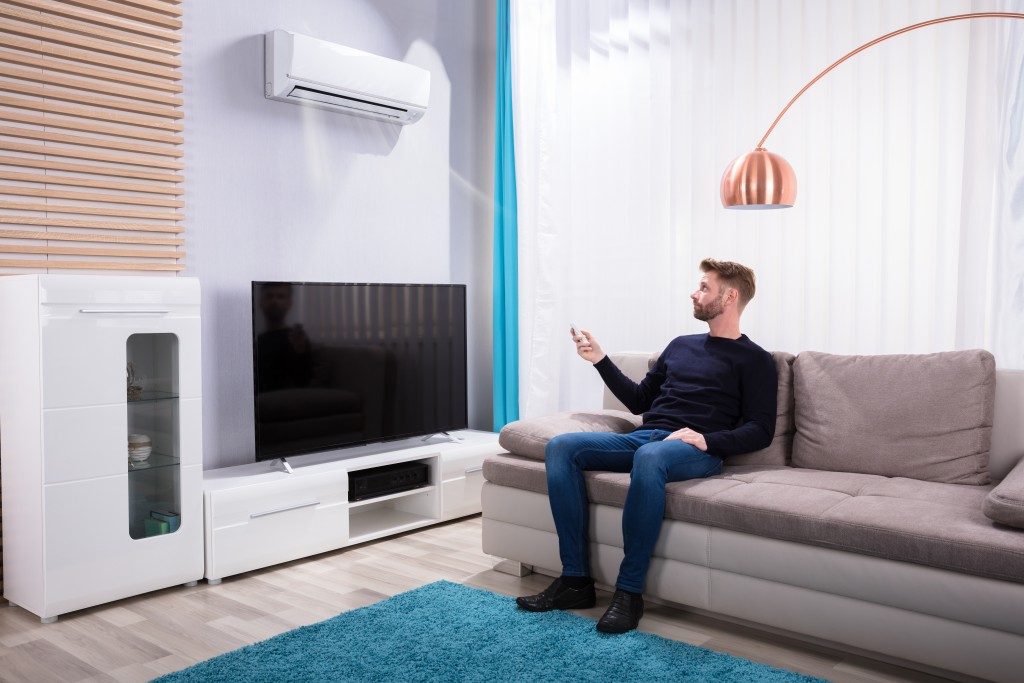The climate is changing faster than expected, according to the Utah Valley Earth Forum. That’s why you’re seeing more wildfires in states like Utah and other western states.
One of the culprits is air conditioners, which contribute 12 percent of the carbon dioxide emissions from the commercial and residential buildings sector. More atmospheric carbon dioxide means faster climate change. The ironic thing is the demand for air conditioners is booming for the same reason: global warming.
Keeping air conditioning units in tip-top shape through regular HVAC repair work and maintenance is no longer enough. What alternatives are available? Manufacturers of air coolers and heaters have been introducing eco-friendly features that conserve energy consumption.
Get to know some of them so that you can opt for the greener options on your next store visit.
Energy-efficient heating, ventilation, and air conditioning features
Programmable thermostat. This feature allows you to program your heater or cooler to switch on or off on schedule. You can also program the thermostat for specific parts of the day depending on the temperature outside and on whether someone may be at home during those hours.
Two-stage compressors. A good part of an air conditioner’s electricity consumption comes from how hard its compressors are working. Two-stage compressors have two levels of function to choose from— low-level and high-level—that automatically adjust to the weather. Because of this, it is more energy-efficient than a single-stage compressor.
Custom Matched Systems. Different kinds of homes and buildings have different heating and cooling needs. A custom-matched system is an HVAC system that is fit for your home’s specific needs. This may optimize energy use by using a different source for cooling and for heating your rooms. The result is a more efficient use of energy.
Geothermal heat pumps. This technology, also called ground source heat pump, has the potential to be 40 percent more efficient than your traditional air conditioner. Instead of generating heat by burning fossil fuels, it concentrates naturally existing heat from the earth or in groundwater. This heat is stored or transferred into the building depending on whether it needs cooling or heating.
Aside from the above, you also need to look into MERV.
What is MERV?

An air conditioner’s MERV, or minimum efficiency reporting value is not a new eco-friendly feature. But it’s a value that could help you measure how effective your appliance is at filtering dust, particles, cigarette smoke, and other pollutants.
For homes, many HVAC manufacturers recommend a MERV of 8 to 9. This is healthy for you and the environment because it minimizes the allergens that enter your home without putting too much strain on your air conditioner’s system.
Hospital HVACs have higher MERV as they need to filter smaller particles, like cigarette smoke. The downside of having a higher MERV is a faster accumulation of debris and particles in your air conditioner’s filter, too much of which strains your appliance. Replacing your air conditioner’s filter regularly can prevent this from happening.
A programmable thermostat, two-stage compressor, custom-matched systems, and geothermal heat pumps are just some features you can look for in an HVAC system. You may discover other new, eco-friendly features along the way. The important thing is to stay proactive in finding ways to lessen our carbon footprint. And as a bonus, an energy-efficient unit will also significantly reduce your electricity bill. Which is, not bad at all.

